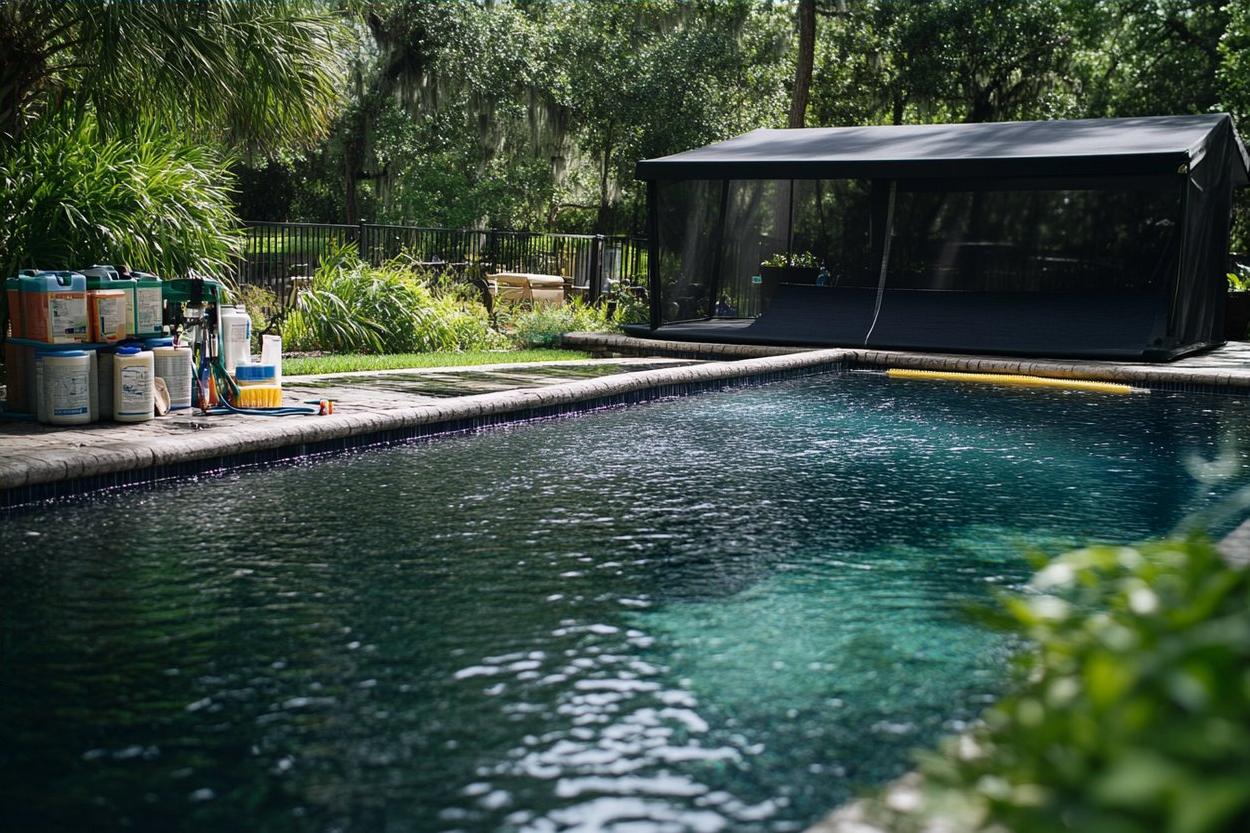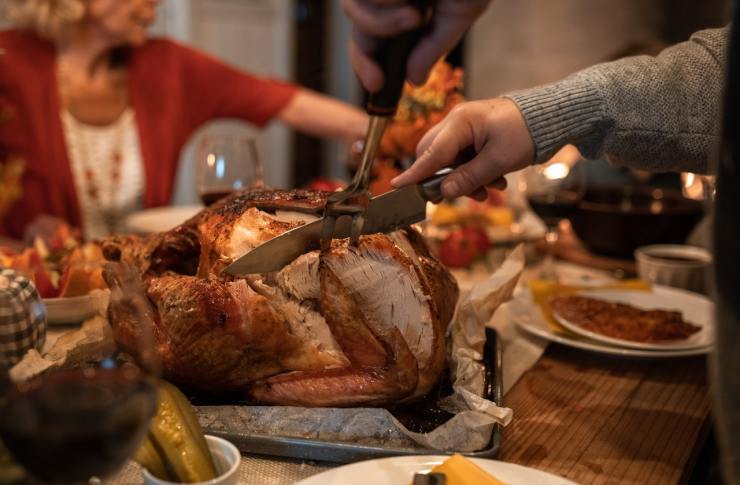Garden Fence Options: Materials, Designs, and Installation Guide
Garden fences serve multiple purposes, from defining property boundaries to enhancing privacy and security while adding aesthetic appeal to outdoor spaces. Whether you're looking to protect your plants from wildlife, create distinct garden zones, or simply improve your home's curb appeal, choosing the right fencing solution requires careful consideration of materials, design elements, and installation requirements.

Creating the perfect garden boundary involves more than just selecting any available fencing option. Modern homeowners have access to numerous materials, styles, and configurations that can transform outdoor spaces while serving practical functions. Understanding the various aspects of garden fencing helps ensure you make an informed decision that meets both your aesthetic preferences and functional needs.
Garden Walls and Fences: Understanding Your Options
Garden boundaries can take many forms, each offering distinct advantages depending on your specific requirements. Traditional wooden fences provide natural warmth and can be easily customized to match existing landscaping themes. Vinyl alternatives offer durability with minimal maintenance requirements, making them increasingly popular among busy homeowners. Stone and brick walls create permanent, substantial barriers that add significant value to properties while requiring minimal upkeep once properly installed.
Metal options, including aluminum and steel variants, provide excellent security while maintaining visual appeal. Chain-link fencing offers cost-effective solutions for large areas, though decorative elements can enhance their appearance. Each material type comes with specific installation requirements, maintenance schedules, and expected lifespans that should factor into your decision-making process.
Garden Fences: Practical Considerations for Your Property
Selecting appropriate fencing involves evaluating multiple factors beyond initial appearance. Climate conditions significantly impact material longevity, with some options performing better in humid environments while others excel in dry conditions. Soil composition affects foundation requirements, particularly for heavier materials like stone or concrete panels.
Property size and layout influence both material quantities and installation complexity. Sloped terrain may require specialized installation techniques or stepped designs that increase overall project costs. Local building codes and homeowner association guidelines often dictate height restrictions, setback requirements, and approved materials, making research essential before beginning any project.
Decorative Garden Fence: Enhancing Aesthetic Appeal
Decorative elements transform functional barriers into attractive landscape features that complement existing outdoor designs. Lattice tops add visual interest while providing additional privacy without creating completely enclosed feelings. Decorative post caps, finials, and hardware details contribute personality and style coordination with home architecture.
Color selection plays crucial roles in overall visual impact. Natural wood tones blend seamlessly with organic garden elements, while painted surfaces can either complement or contrast with existing color schemes. Staining options for wood products offer protection while maintaining natural grain patterns that many homeowners prefer.
Garden Fence Design: Planning Your Perfect Installation
Successful fence design requires balancing multiple considerations including functionality, aesthetics, and budget constraints. Height selection affects privacy levels, security capabilities, and visual impact on both your property and neighboring areas. Standard residential heights typically range from three to eight feet, with specific purposes determining optimal dimensions.
Gate placement and sizing require careful planning to accommodate maintenance equipment, foot traffic, and potential future needs. Double gates provide access for larger items like lawn mowers or garden equipment, while single gates work well for pedestrian access. Hardware selection affects both security levels and ease of operation over time.
Decorative Metal Garden Fencing: Durability Meets Style
Metal fencing options combine longevity with sophisticated appearance, making them excellent investments for many properties. Wrought iron provides classic elegance with intricate design possibilities, though regular maintenance prevents rust formation. Aluminum alternatives offer similar aesthetic appeal with reduced maintenance requirements and lighter weight for easier installation.
Powder coating finishes protect metal surfaces while providing color options that coordinate with existing landscape elements. Decorative panels can incorporate artistic elements, geometric patterns, or nature-inspired motifs that enhance garden themes. Proper installation techniques ensure stability and longevity, particularly in areas with challenging weather conditions.
| Material Type | Average Cost per Linear Foot | Maintenance Requirements | Expected Lifespan |
|---|---|---|---|
| Wood (Cedar) | $15-25 | Annual staining/sealing | 15-20 years |
| Vinyl | $20-30 | Occasional cleaning | 20-30 years |
| Aluminum | $25-40 | Minimal maintenance | 25-50 years |
| Wrought Iron | $30-50 | Regular rust prevention | 50+ years |
| Chain Link | $8-18 | Minimal maintenance | 15-25 years |
Prices, rates, or cost estimates mentioned in this article are based on the latest available information but may change over time. Independent research is advised before making financial decisions.
Successful garden fencing projects require thorough planning, appropriate material selection, and proper installation techniques. Whether prioritizing security, privacy, aesthetics, or property value enhancement, numerous options exist to meet diverse needs and preferences. Consider consulting with local professionals to ensure compliance with regulations and optimal results for your specific situation.




